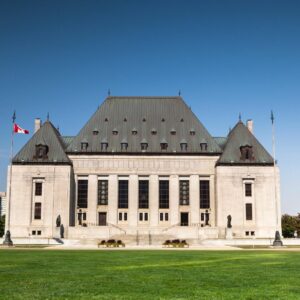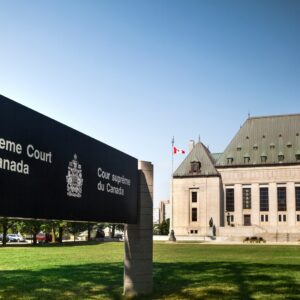Bill C-48 Needs to Become Law to Protect the BC North Coast from Oil Spills
Bill C-48, the Oil Tanker Moratorium Act which is before the House of Parliament at this time, would prohibit oil tankers that are carrying more than 12, 500 metric tons of crude oil or persistent oil as cargo from stopping, or unloading crude oil or persistent oil, at ports or marine installations located along British Columbia’s north coast, from the northern tip of Vancouver Island to the Alaska border.
We believe that passing this law is one important part of protecting the highly vulnerable bird populations and fragile ecology of the north coast of British Columbia. There are 30 Important Bird and Biodiversity Areas in the northern BC coast and the whole Haida Gwaii Straight is an extremely globally important area for marine birds, other marine animals, and fish.
In 1989 the 300 meter long Exxon Valdez ran aground off the coast off Prince William Sound Alaska, spilling 11 million gallons of crude oil into an extremely fragile and diverse ecosystem. Subsequent studies revealed that this disastrous spill killed up to half a million seabirds, destroyed the Pacific Herring fishery and continues to have an impact to this day on the plants, animals and people who live in this area. While oil tanker safety has improved, shipping crude oil is not, and will never be, 100 % safe. Severe weather and human error will eventually catch up since we can reduce the probability of an accident, but never eliminate it. Some areas are just too valuable to take the risk. The protection of critical habitats is a fundamental tenant of protecting biodiversity. There is no doubt that the northern coast of BC, including Haida Gwaii, is a critical habitat of fundamental importance to too many species to run the risk of a human-caused catastrophe that could wipe them out forever.
Three examples of significant bird populations from the 30 IBAs along the coast, that demonstrate the global importance of this area for seabirds:
· 7% of the global population of Rhinoceros Auklet at the The Moore and Byers Islands and Banks IBA
· 9% of Ancient Murrelet populations and 5% of Cassin’s Auklet poulations at Frederick Island off Haida Gwaii
· Nearly 6% of global population of Ancient Murrelet at Skincuttle Inlet is located within Haida Gwaii
Collectively, these 30 IBAs hold about one half of the world’s Cassin’s Auklets, about one third of the world’s Ancient Murrelets, about one quarter of the world’s Rhinoceros Auklets, and up to 10% of the global population of Pelagic Cormorants. Other breeding seabirds that exceed global importance thresholds include Leach’s Storm-petrel, Fork-tailed Storm-petrel and Pigeon Guillemot. Several Globally Threatened, Globally Near-Threatened and federally and provincially listed seabird species regularly occur in the project area as non-breeders, including Short-tailed Albatross, Laysan Albatross, Black-footed Albatross, Pink-footed Shearwater, Buller’s Shearwater, Sooty Shearwater and Yellow-billed Loon.
We are at a crossroads for the survival of many of these species. Seabirds, such as the Ancient Murrelets, have been decimated by invasive rats. Tufted puffins and other fish eaters struggle to survive as fish populations decline. Common Murres and Pigeon Guillemots are frequently drowned in nets. Even a small oil spill could be catastrophic in this area if located near a breeding colony or feeding congregation. One oil spill is all it would take. A spill would also cause irreversible harm to the livelihoods of many coastal and Indigenous communities, as well as the area’s unique marine ecosystems.


